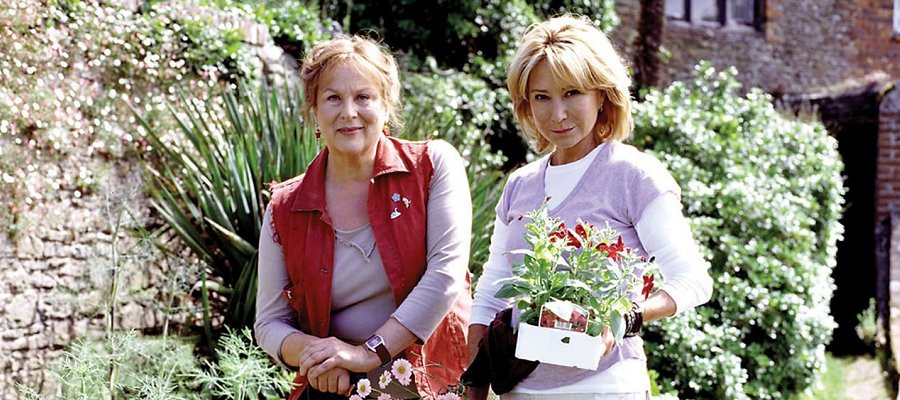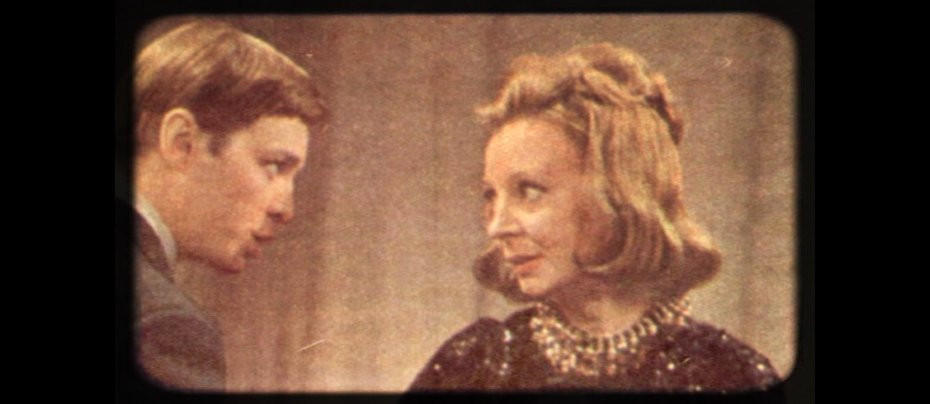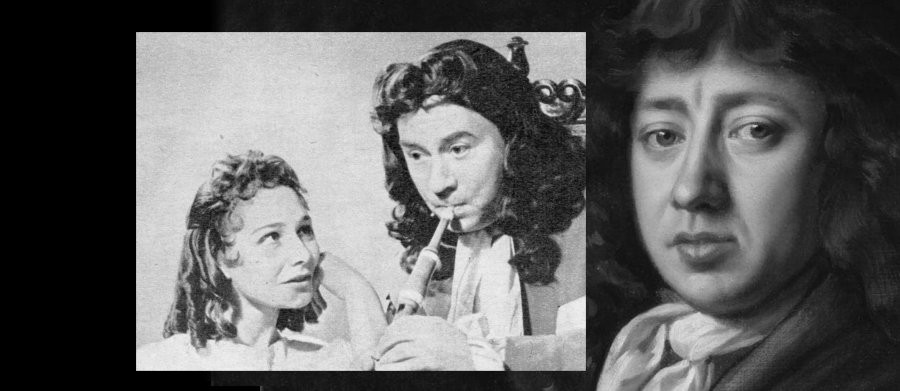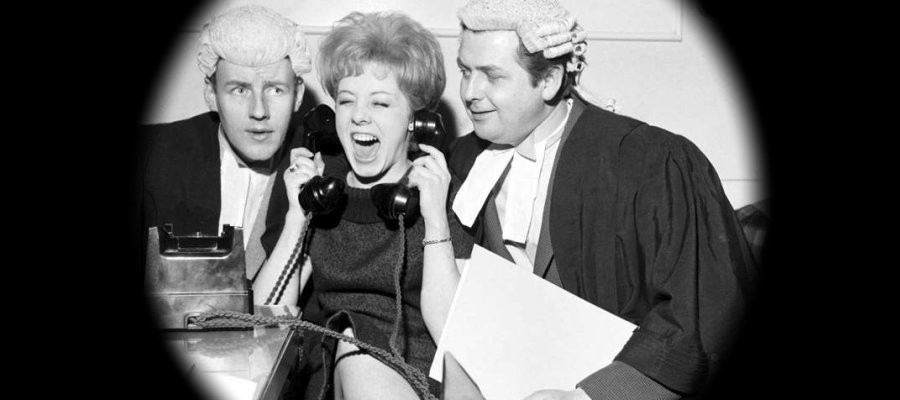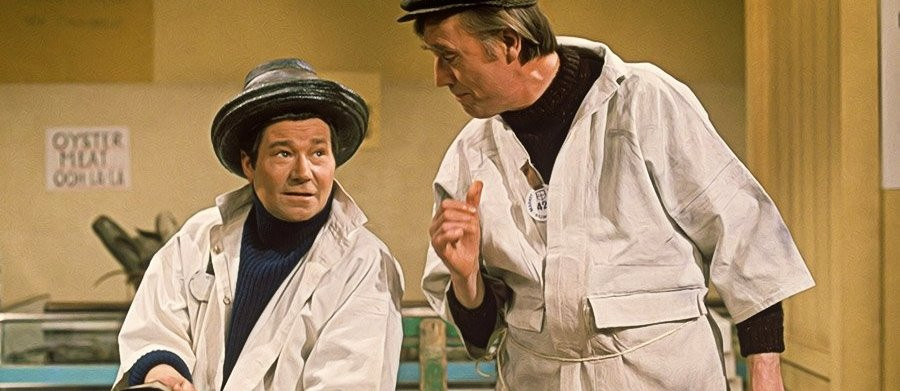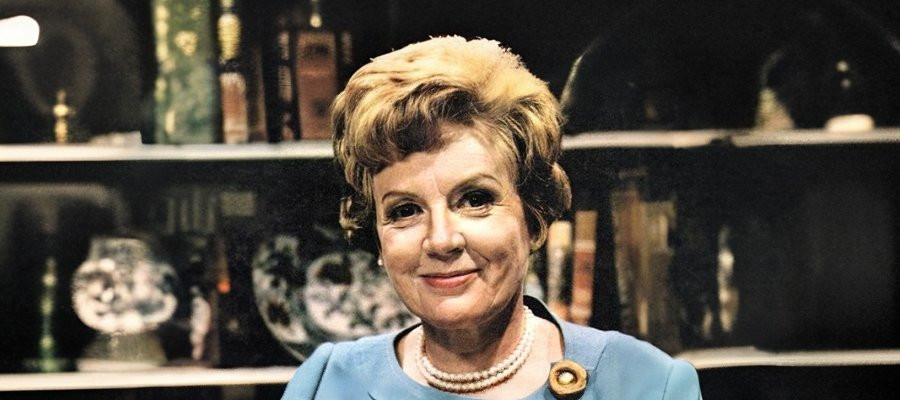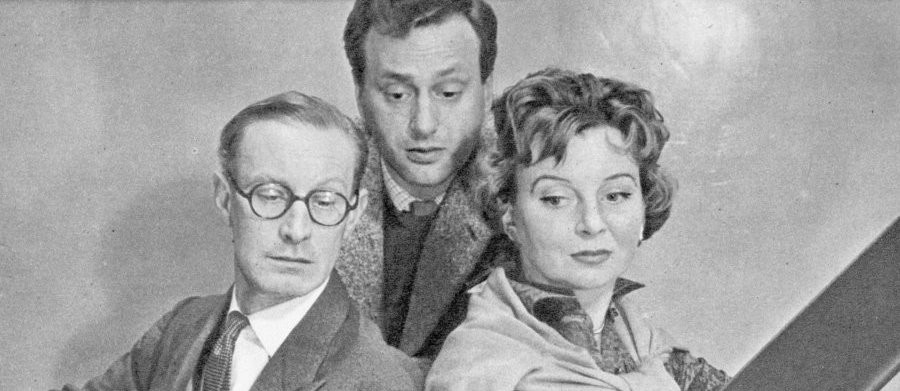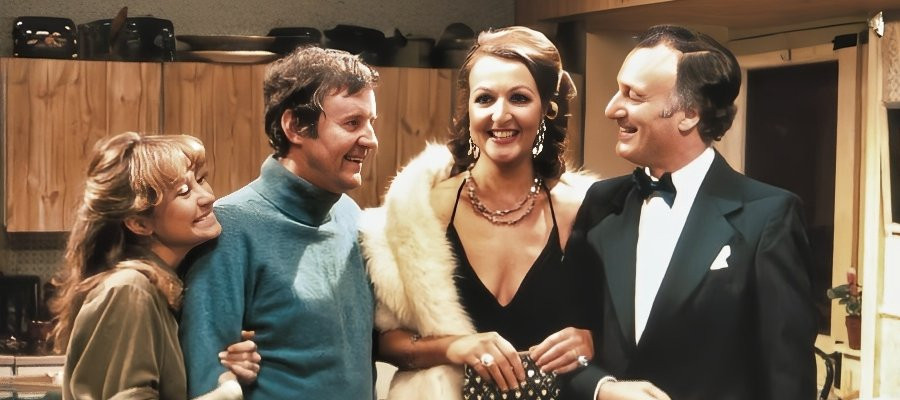
The Good Life
1975 - United KingdomThe mere mention of The Good Life is enough to bring a broad smile to the faces of British sitcom fans, and with good reason. Widely regarded as a true classic of the genre, it stands as one of the BBC’s most beloved comedies—a gentle, charming, and sharply observed series that continues to resonate decades after its original broadcast.
Created by the veteran comedy-writing duo of John Esmonde and Bob Larbey, who also penned Please Sir! and Ever Decreasing Circles, The Good Life was born out of a moment of reflection. While taking a short break from writing, the pair began talking about middle age and the feeling of hitting a personal crossroads. Both were nearing 40, and the question arose: what happens when someone reaches that point and realises their life hasn’t turned out as they’d hoped? From that simple but profound conversation, the idea of a man giving up the daily grind in search of a more meaningful existence took root. They decided their protagonist would give up his conventional job and attempt a life of self-sufficiency — a bold and eccentric move, especially in the suburban context of 1970s Surbiton.
With the concept in hand, Esmonde and Larbey pitched the idea to Jimmy Gilbert, newly appointed as Head of Comedy at the BBC. Though the writers initially feared he disliked the proposal, Gilbert saw great potential in it, particularly as a vehicle for actor Richard Briers. Briers, after reading the first scripts, agreed to take the lead role, and the series was swiftly commissioned. With Gilbert’s backing and John Howard Davies on board to produce and direct, The Good Life was ready to bloom.
At the heart of the show is Tom Good, played by Briers, who on turning 40 decides he’s had enough of his soul-sapping job as a draughtsman at JJM Limited. In a moment of inspiration —or perhaps madness— he opts to abandon the rat race and pursue a self-sufficient lifestyle from his suburban semi. His ever-patient and loving wife Barbara, portrayed by Felicity Kendal, supports him in this radical shift. Though Tom rarely considers the full weight of what his decision means for her, Barbara sticks by him with a mix of loyalty, warmth, and quiet strength. She gives up her creature comforts without complaint, even as Tom’s stubbornness and occasional chauvinism threaten to derail their grand experiment.
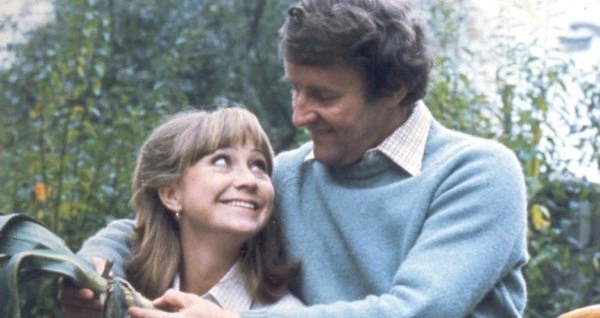
Next door to the Goods are the Leadbetters; Jerry, Tom’s old colleague at JJM, and his socially ambitious wife Margo. Played with genial anxiety by Paul Eddington, Jerry is the very model of middle-class success: dependable, slightly neurotic, and clearly worn down by the daily commute and corporate pressure. While he doesn’t quite understand Tom’s lifestyle, part of him quietly envies it. Margo, however, is another story entirely.
Penelope Keith’s portrayal of Margo Leadbetter began as a peripheral role, but she quickly stole the spotlight. Originally cast after Esmonde and Larbey spotted her in a cigarette commercial, Keith brought a deliciously imperious air to the character — a kind-hearted snob with a knack for condescension and a horror of muddy vegetables and home knitting. When an early episode ran short, the writers added a filler scene of Margo on the telephone. It turned out to be a moment of inspired improvisation that solidified her place as a key figure in the show. Margo’s disdain for the Goods’ lifestyle, combined with her theatrical flair and razor-sharp lines, turned her into one of the most memorable characters in sitcom history. Audiences tuned in as much for her withering remarks as they did for the central plotlines.
Though the show was originally conceived as a starring vehicle for Briers, all four leads, Briers, Kendal, Eddington and Keith, formed a perfect comic ensemble. The chemistry between the two couples, with all their tensions, differences and unexpected bonds, gave the series a richness that elevated it far beyond the average sitcom. It wasn’t just about self-sufficiency; it was about the British class system, marriage, friendship, and what it means to pursue happiness on your own terms.
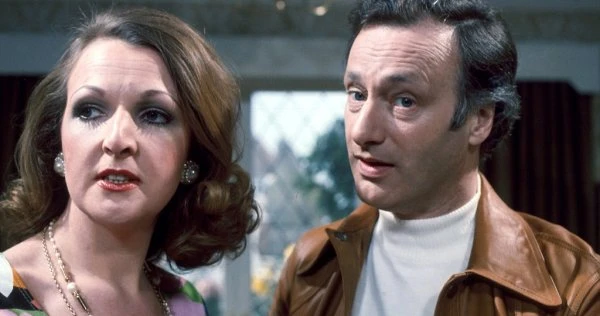
The Good Life also benefited from Esmonde and Larbey’s consistently strong writing. Their scripts were witty, intelligent, and grounded in real human emotion. They managed to make suburban pig-keeping and vegetable-growing not only funny but oddly aspirational. There was no malice in the humour, no biting satire — just warm, observational comedy delivered with charm and precision. It was this inoffensive, character-driven approach that made the show so comforting and enduring.
When The Good Life finally came to an end, it left behind a legacy of laughter and gentle wisdom. Each member of the core cast went on to further acclaim, with Penelope Keith in particular becoming a national treasure. Yet it is perhaps as Margo, haughtily bristling at the sight of Tom’s muddy wellies, that she is most fondly remembered.
Decades later, The Good Life remains a testament to the power of great writing, superb casting, and the simple joy of a well-told story. In a world that often feels far more frantic and fraught than the suburban cul-de-sacs of Surbiton, the notion of turning one’s back on it all and planting beans in the back garden still holds a certain appeal. And perhaps that’s why this sitcom, like its title suggests, continues to embody something both aspirational and enduring.
Seen this show? How do you rate it?
Seen this show? How do you rate it?
Published on January 27th, 2025. Written by Marc Saul for Television Heaven.


